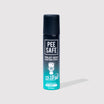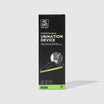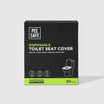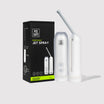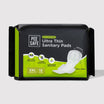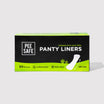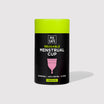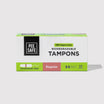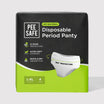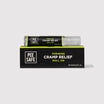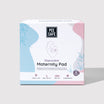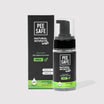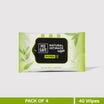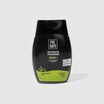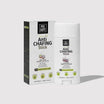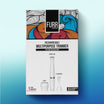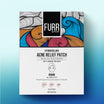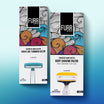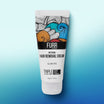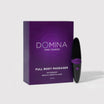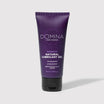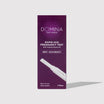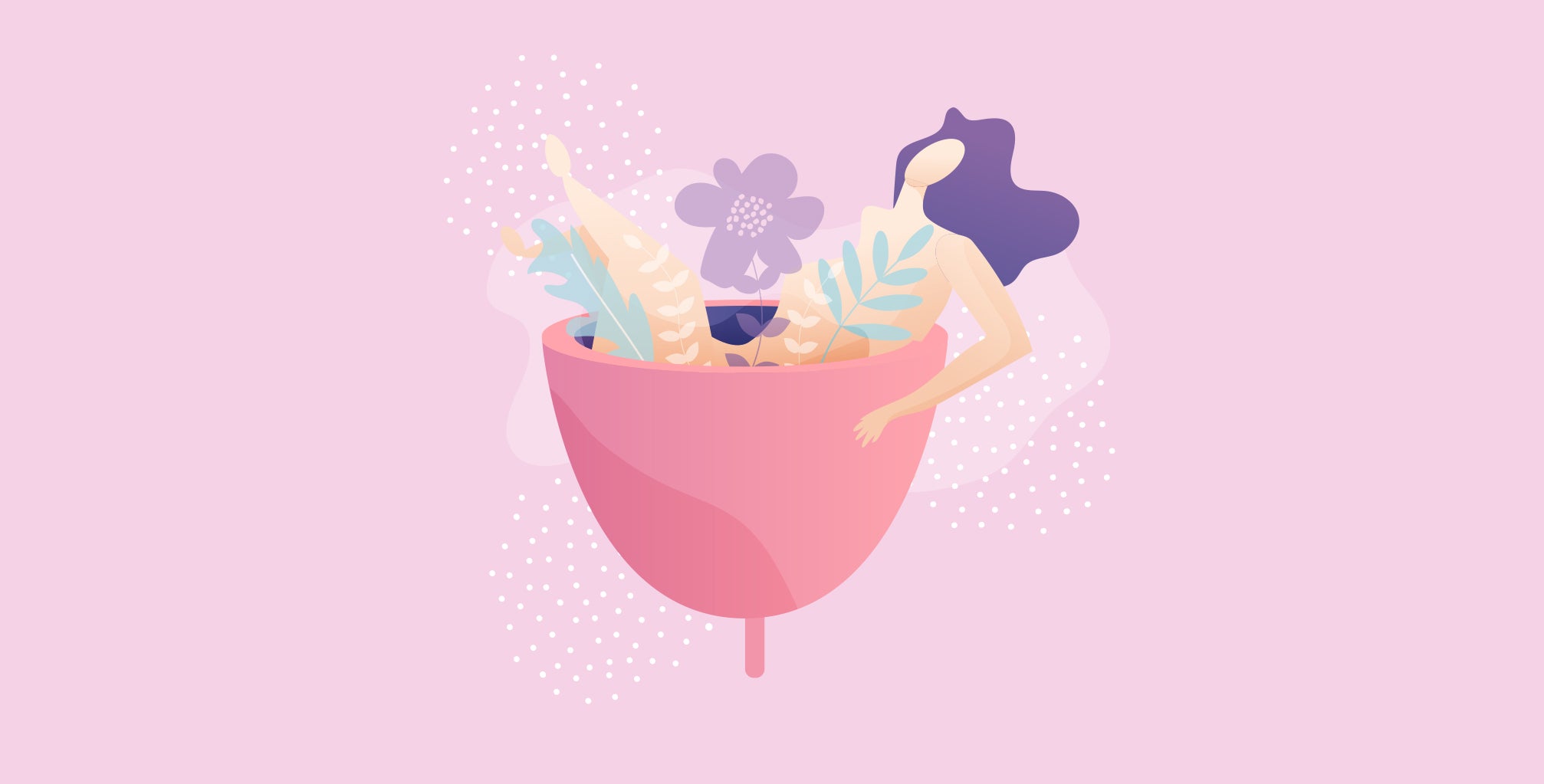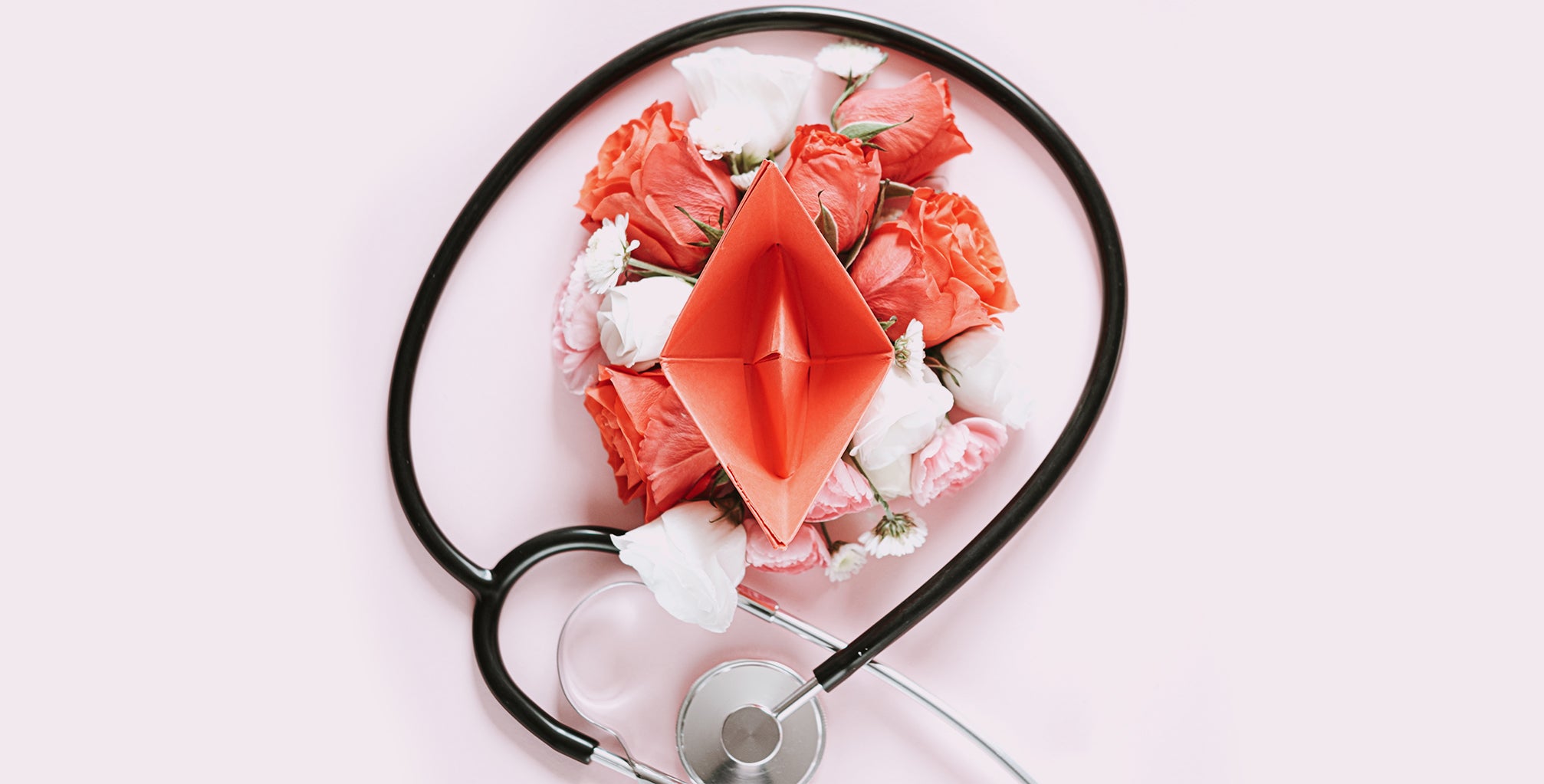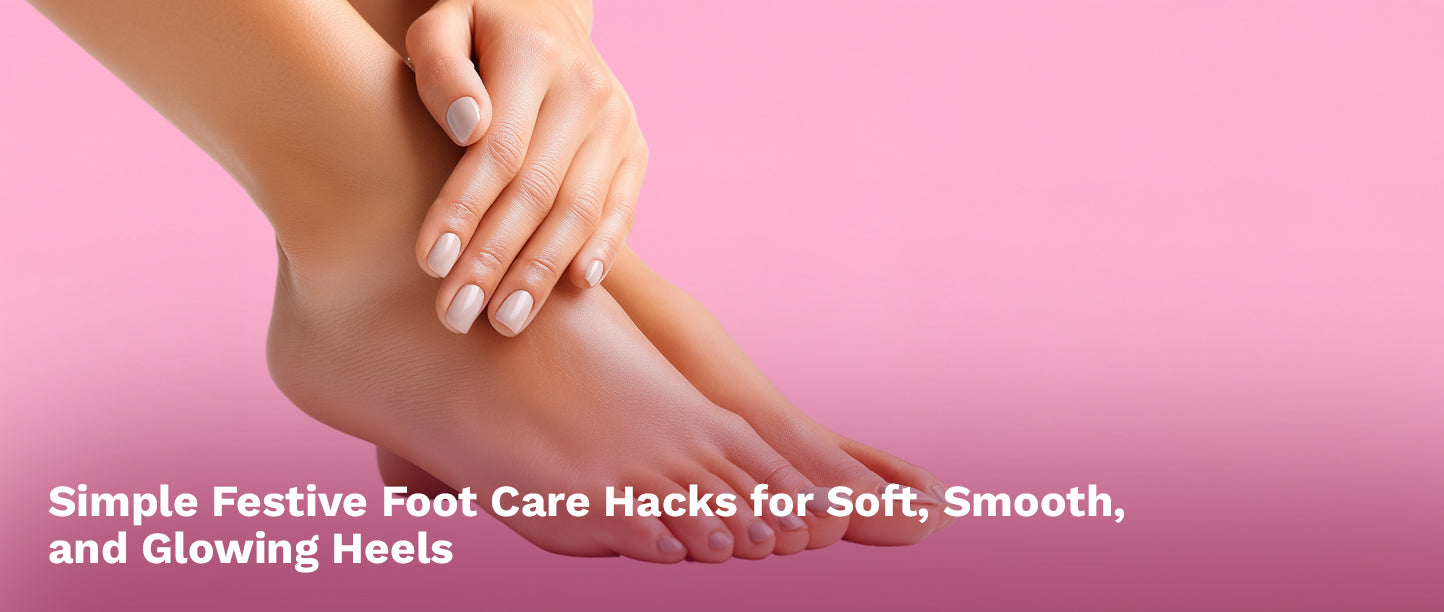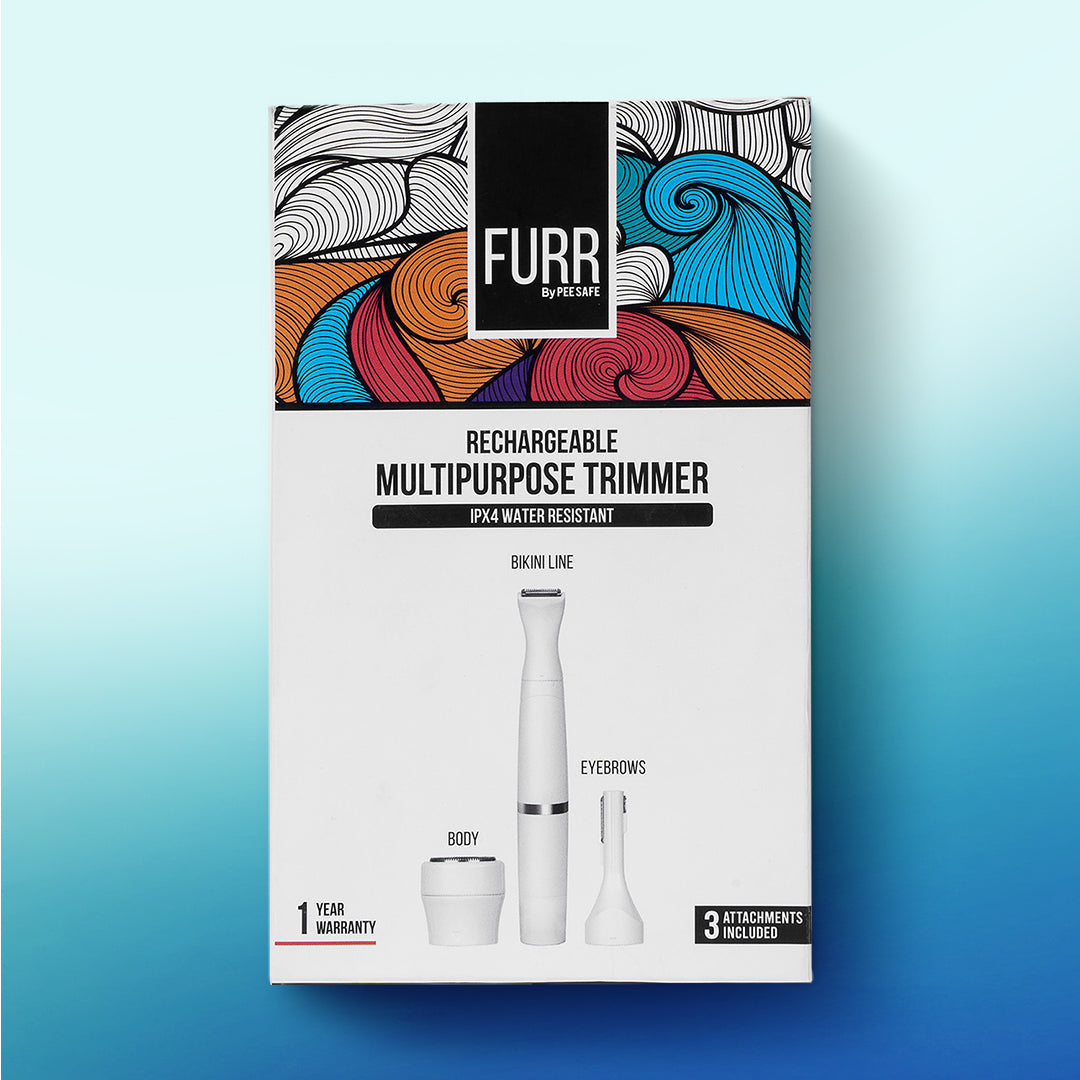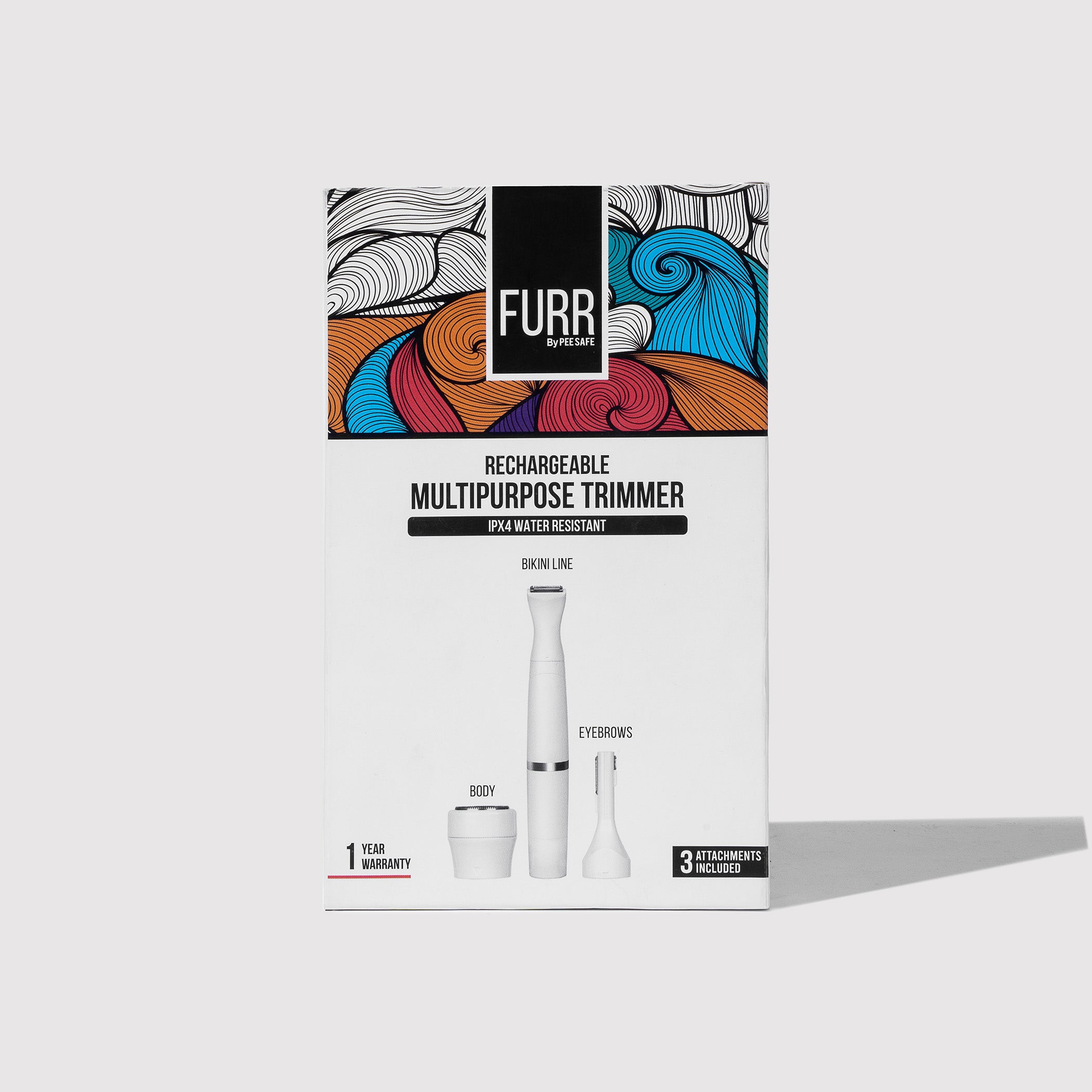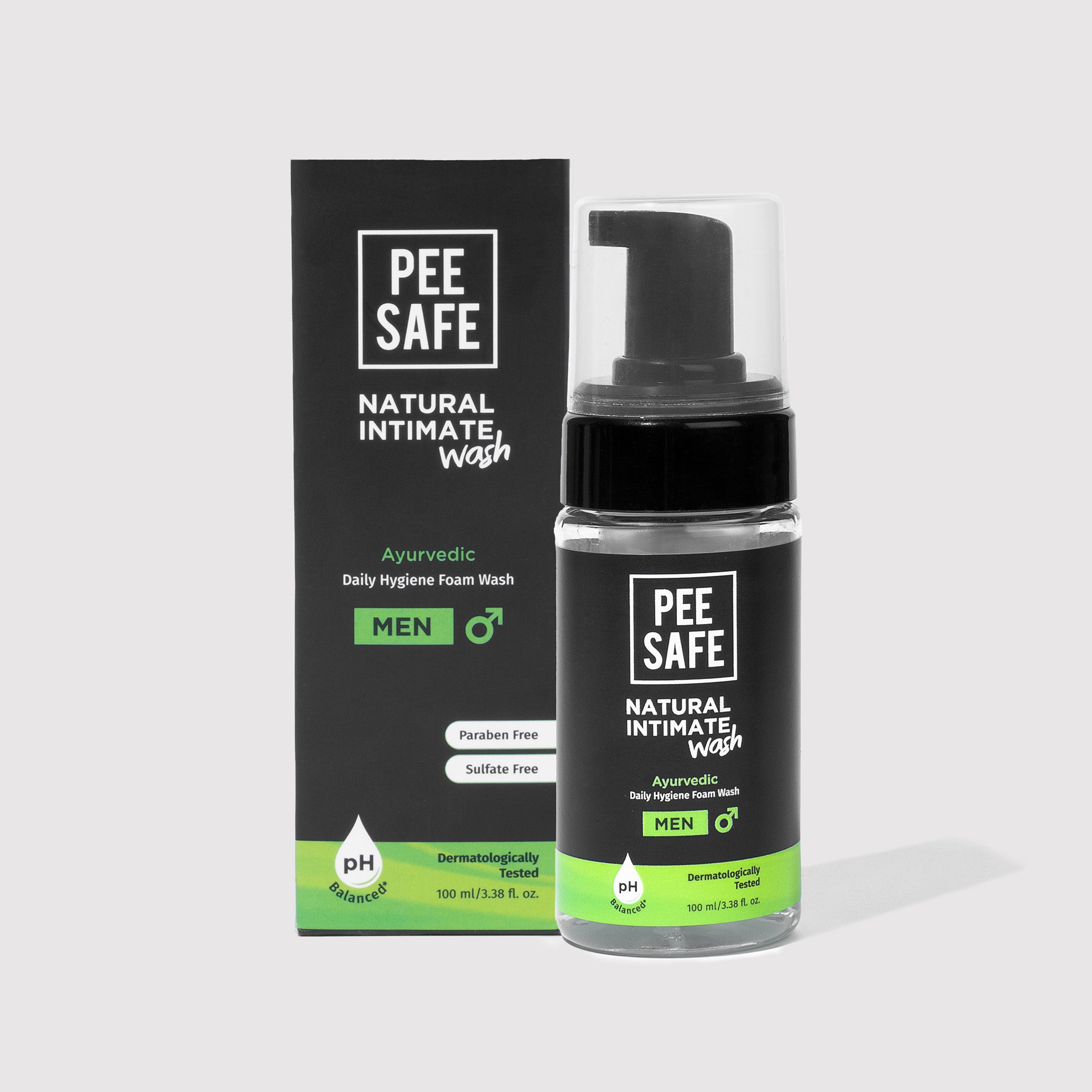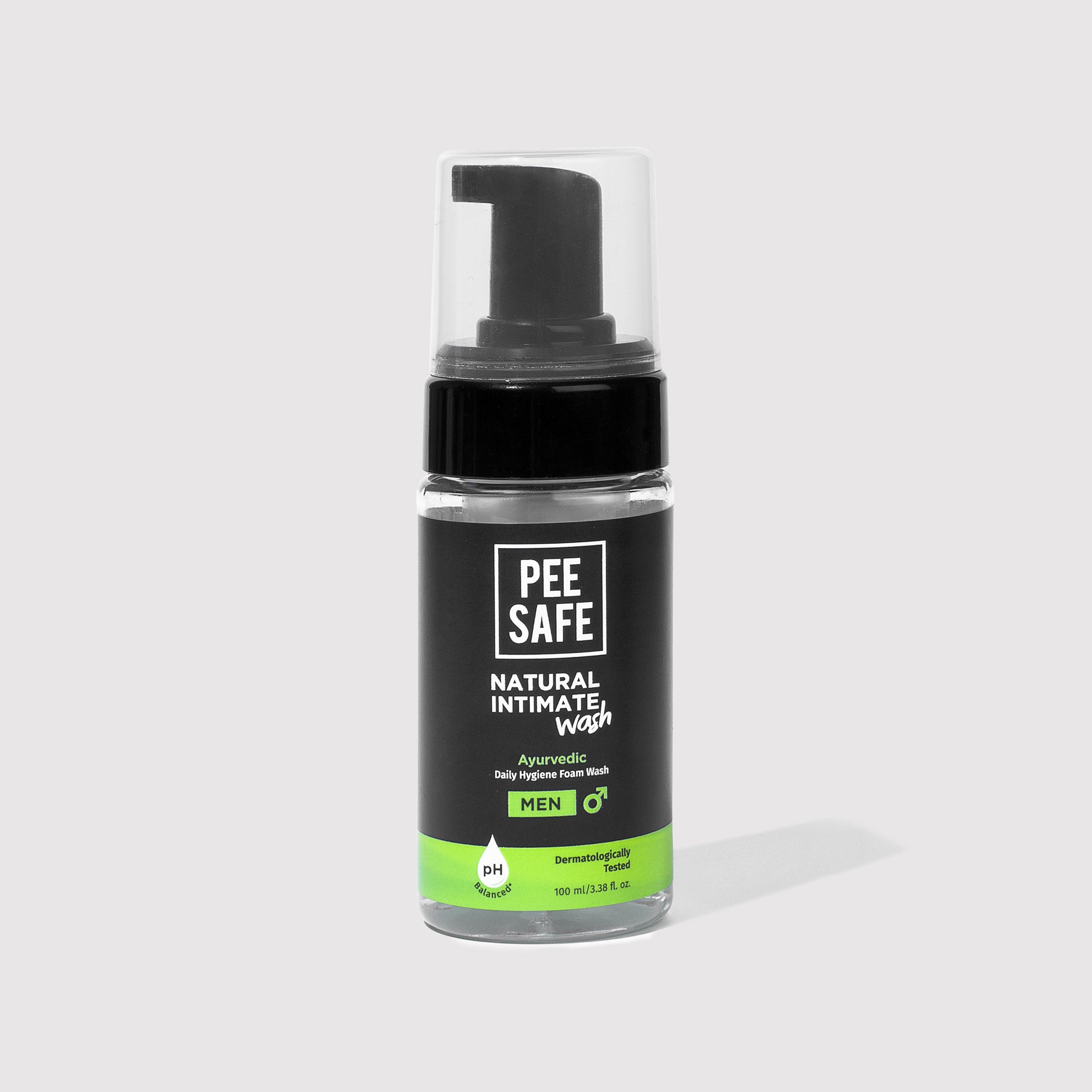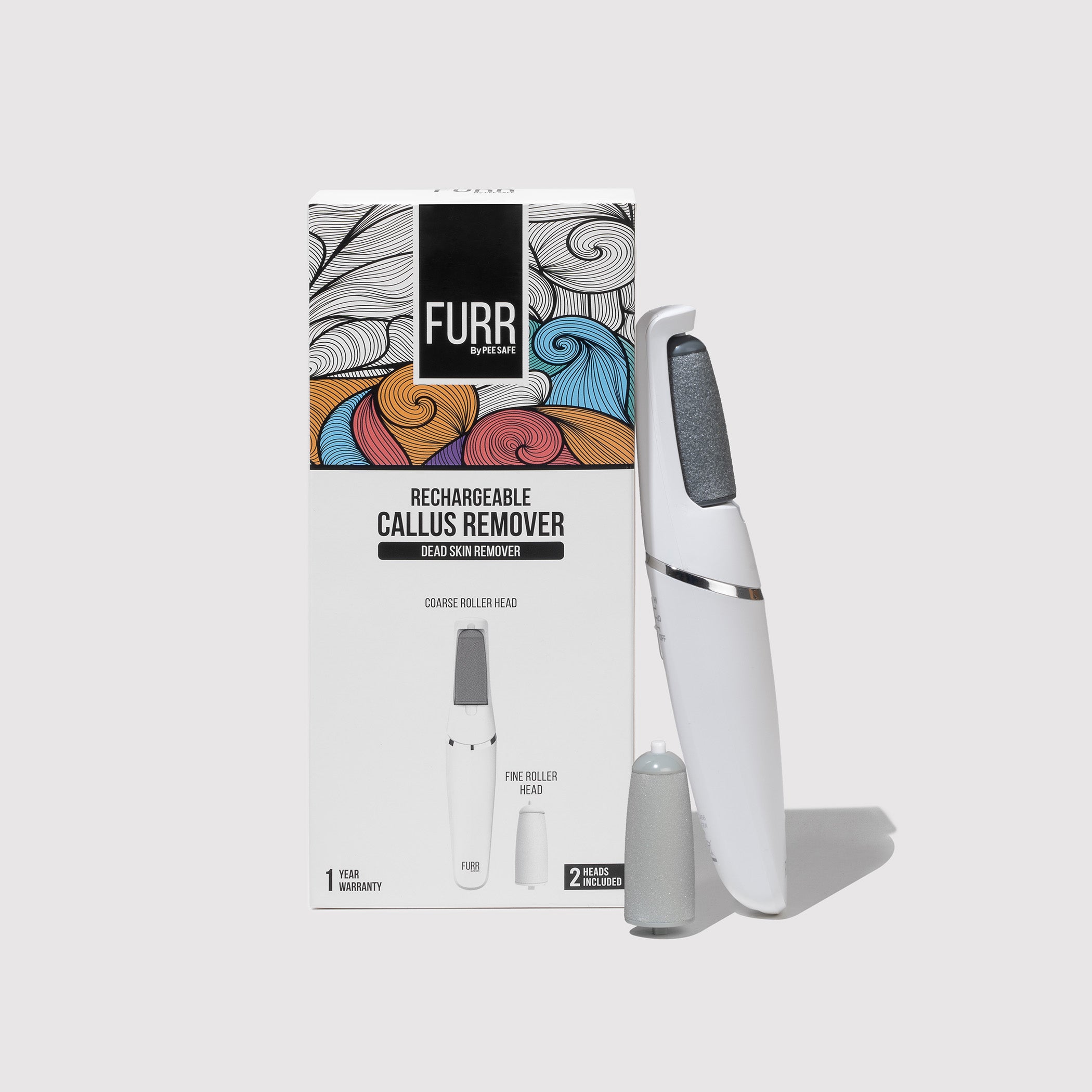A menstrual cup is a small, flexible cup made out of medical-grade silicone inserted into the vagina to collect period blood before it can leave your body. Menstrual cups can last up to 5 years if properly cared for and can be worn for 12 hours at a time. Many women swear by menstrual cups as their period product of choice because of their eco-friendliness, affordability, and convenience of use.

Before you start using it
If this is your first time using your cup cup, wash your hands and the cup with an allergen-free, unscented soap. Bring a separate pot of water to a boil and sterilize the cup for up to 10 minutes inside the boiling pot of water.
After every use
At home: To remove your menstrual cup, wash your hands, and dispose of its contents carefully. Clean the cup gently with a non-scented soap after rinsing it with water.

At a public washroom: In a public restroom, you might not be able to rinse and sanitise the cup. Empty its contents and quickly wipe it down with tissue paper or toilet paper. When you're finished wiping, make sure no pieces of toilet paper are stuck to the cup.
At the end of your period
You must sanitize your cup in boiling water for 2-5 minutes at the end of your period. Keep a separate pot set aside for this purpose. Always keep your cup in the pouch that came with it when you bought it. If you don't have a pouch, store it in something dry and breathable.

When to replace your cup
Menstrual cups show signs of normal wear and tear. Normal vaginal odour and stains may be picked up by your cup. Wash the cup in cold water first before scrubbing with a scrap toothbrush to get rid of them. If you have been using your cup for quite some time, and it is showing considerable damage, it may be time to buy a new one.

The consequence of not cleaning the cup properly
The cup is sterilised by boiling, which kills all bacteria and makes it safe to use. To avoid exposure of bacteria into the vaginal canal, wash your hands before inserting and removing the cup. Irritation and, in some cases, infection can result from improper cleaning. For a healthy period, always follow the standard guidelines and hygiene practises.

